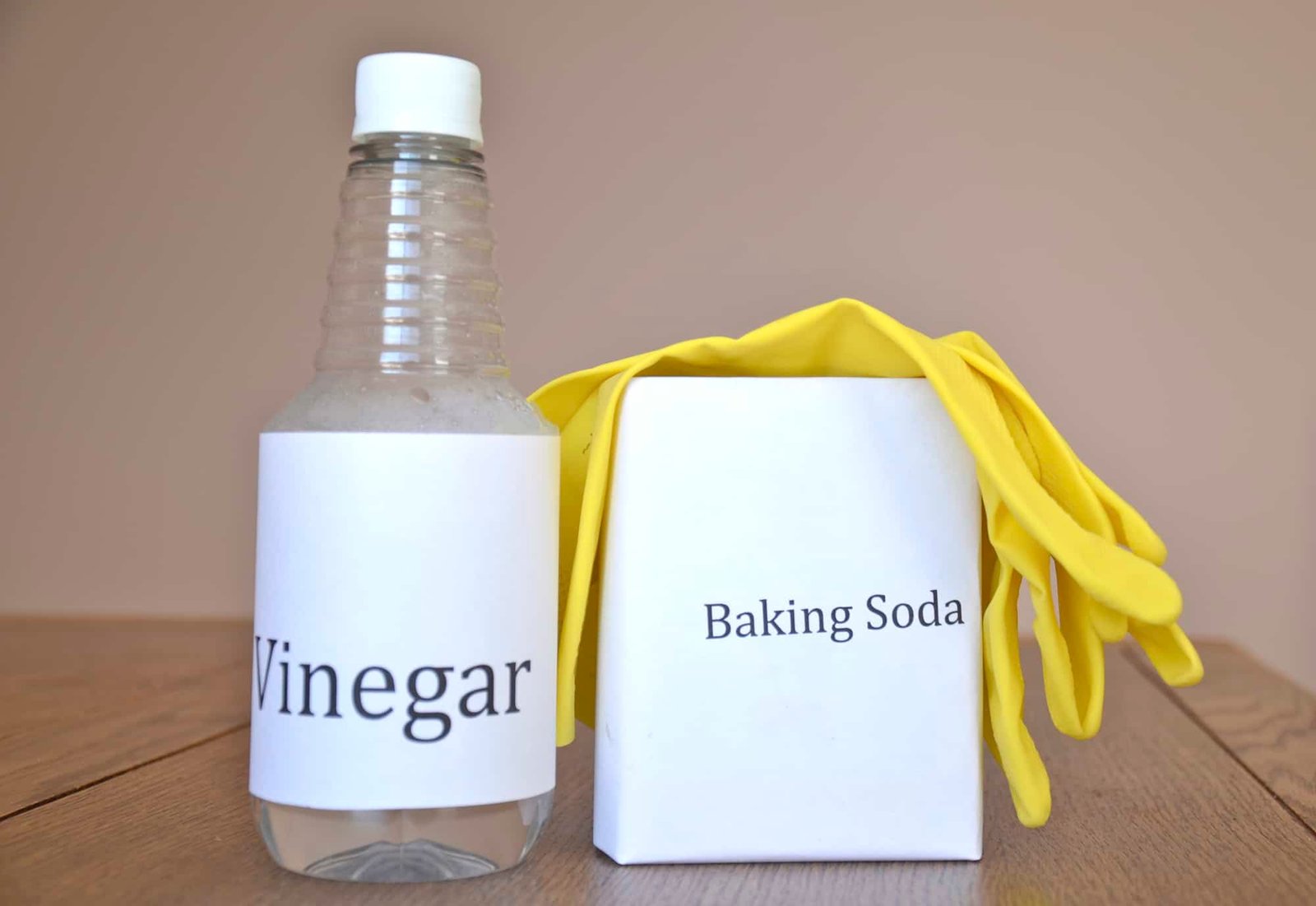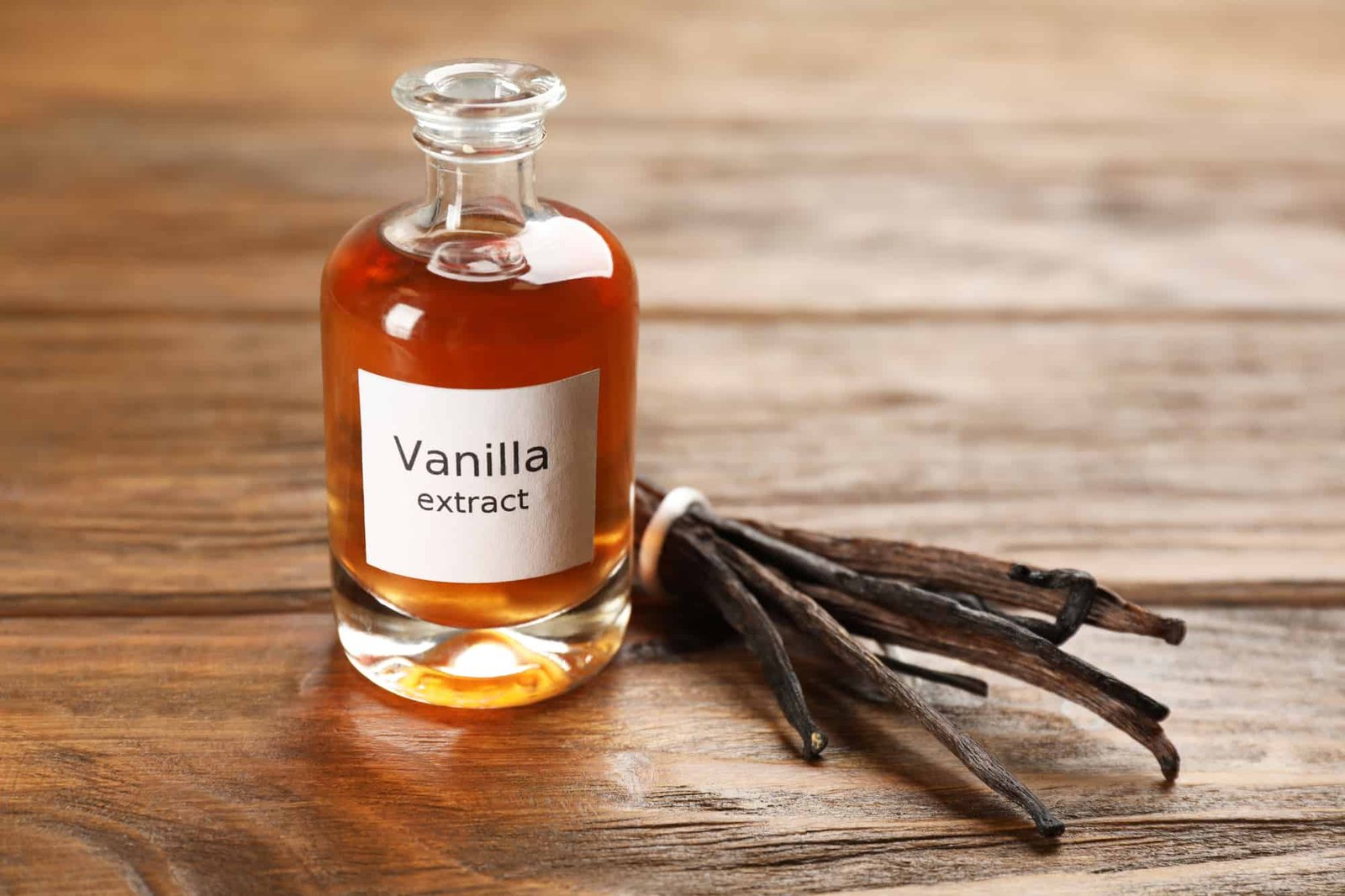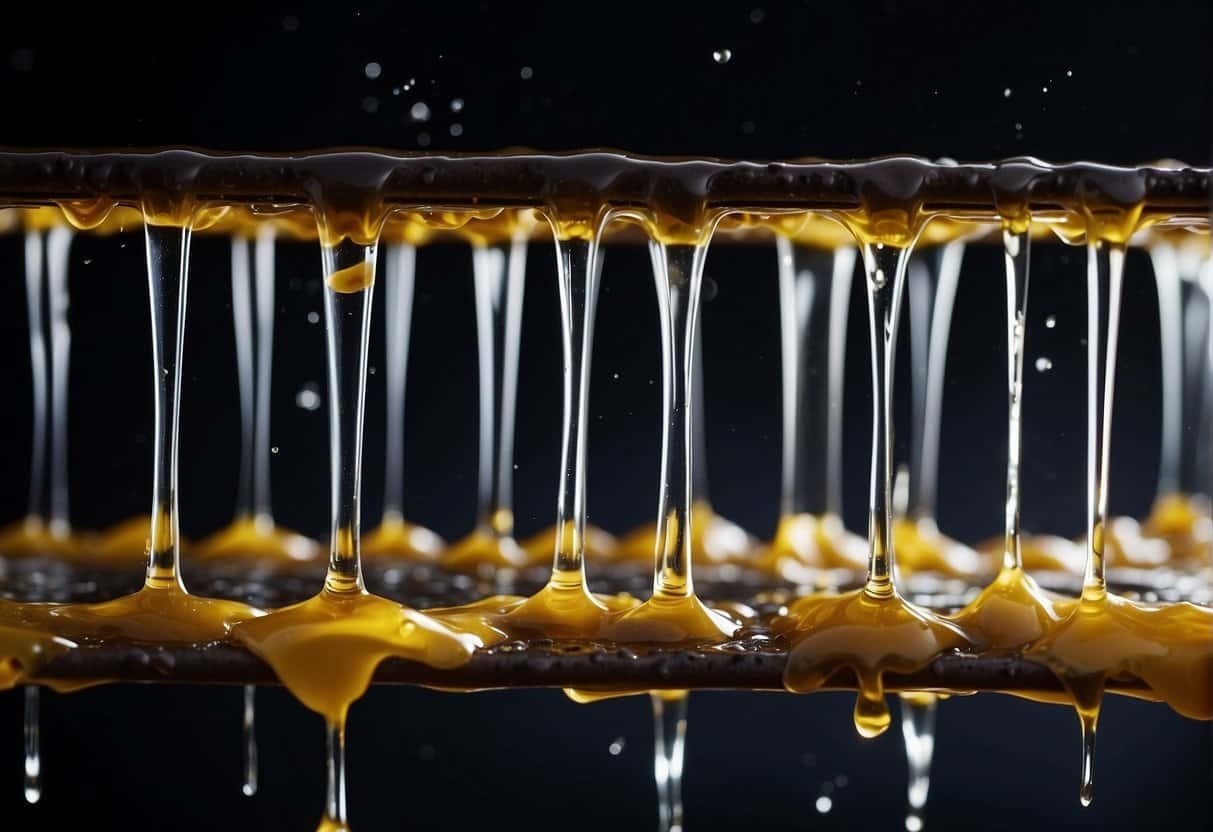Table of Contents
Paint thinner smells can be both overwhelming and bothersome, especially when they linger in your home. As someone who enjoys DIY projects, I’ve had my fair share of experience with paint thinner odors.
Over time, I’ve discovered that there are several effective ways to neutralize and eliminate these smells, making your living environment both pleasant and safe. In this article, I will discuss the possible causes of paint thinner odors and how to tackle them efficiently.
Common reasons you might find your house smelling like paint thinner include recent painting projects, improper storage of painting supplies, or even a spill. It’s essential to address the source of the smell to ensure it doesn’t persist or cause potential health issues.
An essential first step in addressing paint thinner odors is to maintain proper ventilation in the affected areas.
Neutralizing Paint Thinner Smell
I have found several ways to neutralize paint thinner smell in my home. One effective method is using activated charcoal. Placing a few bowls of activated charcoal in the affected area can help absorb and trap odors, reducing the lingering smell.
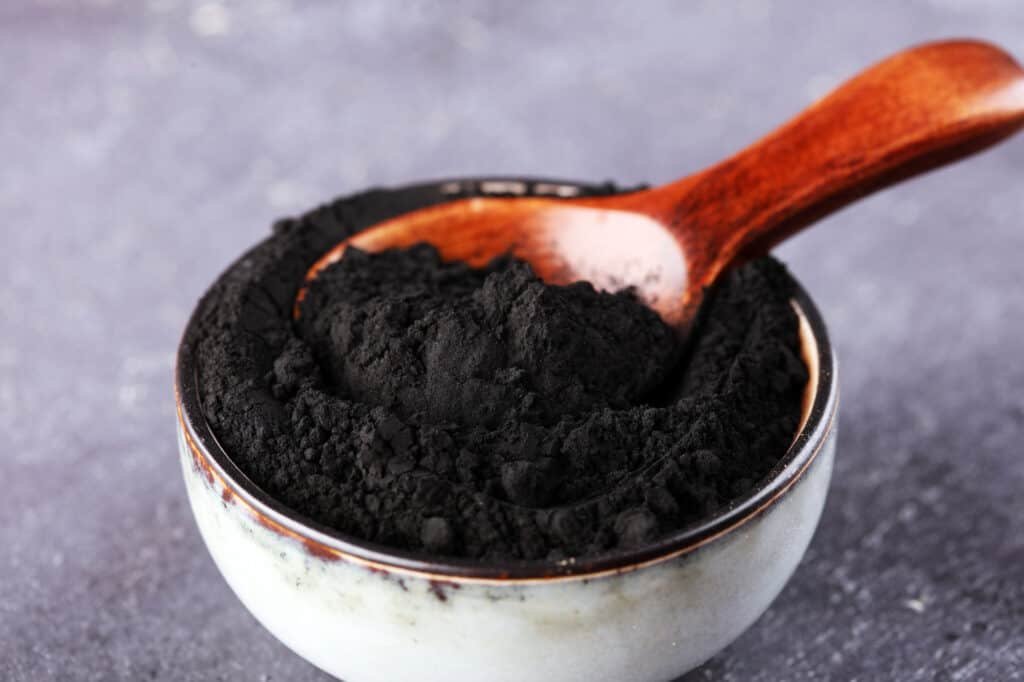
Another solution I’ve discovered is using baking soda. Sprinkling baking soda on surfaces or placing bowls of it around the room can effectively neutralize the odor. For me, it worked wonders when combined with proper ventilation.
I’ve also learned that water can be quite helpful. Placing bowls of water in the painted room and letting them sit overnight helps the water absorb some of the chemicals and neutralize the strong smells.
If the paint thinner smell is especially strong, I turn to white vinegar. Mixing equal parts of white vinegar and water in a spray bottle and spraying it on surfaces can help neutralize the odor. Additionally, putting bowls of vinegar around the room can help, too.
When it comes to using natural methods, I prefer lemon water. Adding some lemon slices to a bowl of water and leaving it in the room not only helps neutralize the odor but also leaves a fresh, citrusy scent.
Another fantastic option is diatomaceous earth. Sprinkling it on the affected surfaces or placing bowls of it in the room can help neutralize paint thinner smell and absorb odors.
Believe it or not, onions can be effective as well. Cutting an onion in half and placing it in a bowl of water can help absorb odors, leaving the room smelling fresher. I’ve tried it a few times, and it truly works!
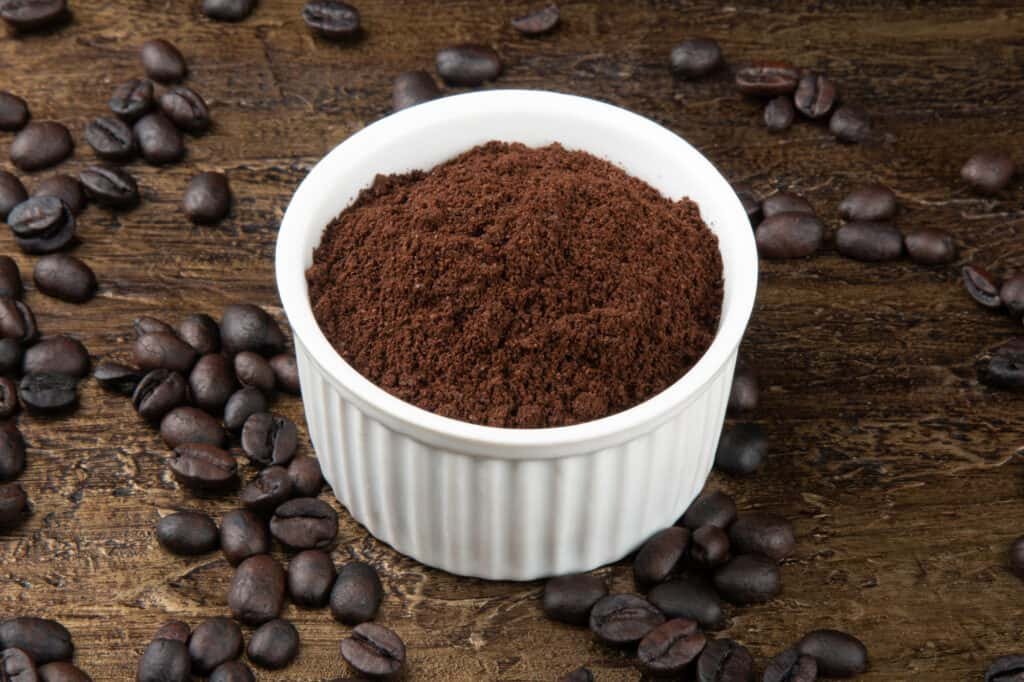
Lastly, I sometimes use coffee grounds to combat paint thinner smell. Placing bowls of used or fresh coffee grounds in the room helps neutralize the odor and leaves a pleasant coffee aroma.
In my experience, these methods have helped me tackle paint thinner smells in various situations. Just remember to be patient and try a combination of these techniques for the best results.
DIY Tips for Eliminating Paint Thinner Smell
I’ve come across a few effective DIY tips for eliminating paint thinner smell from various spaces, like a bathroom or a freshly painted room. Trust me, these techniques are quite simple and make use of some common household items.
First and foremost, I always ensure proper ventilation by opening windows and doors to let fresh air in. I’ve noticed that creating cross-ventilation helps carry away the odor. To speed up the process, I sometimes use fans to improve air circulation.
Another technique I frequently use is placing bowls of water in the affected room overnight. The water absorbs some chemicals from the air and neutralizes the lingering paint thinner smell, which is particularly useful in small spaces like a bathroom.
When it comes to natural remedies, I rely on activated charcoal, which is an excellent odor reducer. Placing a pouch of activated charcoal in the room effectively absorbs unpleasant smells. Alternatively, I’ve also tried cutting up onions and placing them on saucers around the room.
As strange as it may seem, onions work wonders in absorbing volatile organic compounds from the air.

Finally, I enjoy using scented candles to combat paint thinner odors. Lighting candles creates a pleasant atmosphere and masks the smell while freshening up the space. This method, combined with proper ventilation, has proven to be quite helpful in keeping my house smelling fresh and clean.
Getting Rid of Paint Thinner Smells from Clothes
I recently had to deal with the challenge of getting rid of paint thinner smells from my clothes. Let me share with you some of the steps I took to make my clothes smell fresh again.
First, I soaked my clothing in a mixture of one quart of warm water and half a cup of baking soda for about 30 minutes. This helped to neutralize the odor. After that, I washed the clothes as usual, using my regular detergent and the hottest water setting on my washing machine.
Once the washing cycle was done, I made sure to hang my clothes outside to dry in the fresh air. This additional step really made a difference in helping to dissipate any lingering paint thinner smell.
In another instance, I tried rubbing some liquid detergent or dish soap into the paint thinner stain using a cloth or sponge, using a gentle circular motion. I let the detergent set into the stain for about 10 minutes before rinsing the spot-treated area thoroughly with hot water, and then air drying the clothes.
Another method I found to be effective when dealing with paint thinner smells on clothes was adding half of a small bottle of vanilla extract to the wash water. The vanilla extract helped neutralize the smell and left my clothes smelling fresh and clean.
All of these methods have worked for me in getting rid of paint thinner smells from my clothes. Just remember to be patient and try a combination of these techniques until you find the one that works best for your situation. Good luck!
Removing Paint Thinner Smell from Washing Machines
I recently encountered an issue where my washing machine had a lingering paint thinner smell. I panicked at first, but after doing some research, I found effective ways to get rid of the odor. Let me share with you what I learned, so you can solve this problem too!
First, I discovered that a good start is to keep the washing machine’s lid open. This allows the paint thinner components to easily vaporize, thanks to the airflow and ventilation around the washing machine. Make sure there’s good airflow and ventilation in the area, as it will help speed up the process.
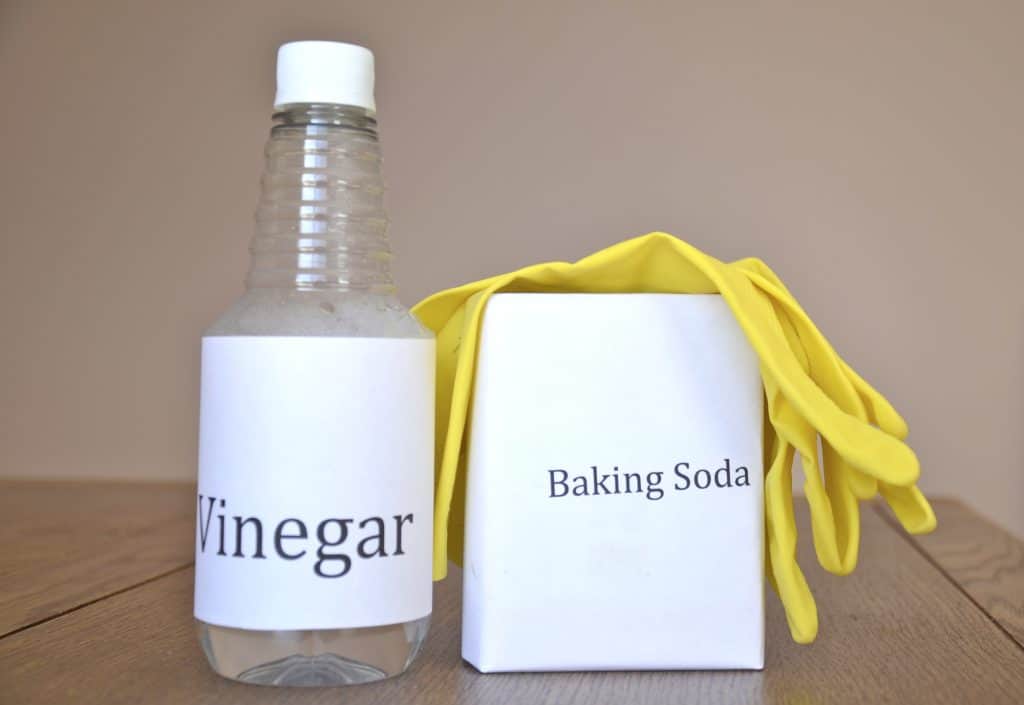
Next, I tried one of the most recommended solutions to clean the washing machine and eliminate the smell: a combination of white vinegar and baking soda.
I simply wet a cleaning cloth with full-strength white vinegar, sprinkled some baking soda onto the wet cloth, and scrubbed the inside of the washing machine, including the underside of the lid or door. This mixture helped in deodorizing and cleaning the machine.
Another option I came across was using a washing machine cleaner with bleach in it. I poured some vinegar into the bottom of my washing machine and ran another cycle of water through it, which helped to remove the lingering smell.
You can also use baking soda instead of vinegar, due to its effectiveness at removing smells from clothing and various surfaces.
Finally, I made sure the area around my washing machine was well-ventilated. I opened windows and doors to create a cross-ventilation, allowing fresh air to circulate and carry away the paint thinner odor from the space.
By following these steps, I was able to successfully remove the paint thinner smell from my washing machine. Hopefully, these suggestions help you get rid of the odor as well!
Getting Paint Thinner Smell off Your Hands
I recently worked on a painting project and found that the smell of paint thinner lingered on my hands even after washing them multiple times. With some research, I discovered a few effective methods to get rid of the paint thinner smell from my hands.
One method I tried was using a Boraxo scrubdown. Boraxo is a powder that contains both borax and soap. I simply applied it to my wet hands and scrubbed vigorously. It’s normal for the product to heat slightly as it works, so I didn’t worry when it happened.
This helped to remove the smell from my hands quite well.
Another approach I found useful was cleaning my hands with olive oil. The oil helps break down the paint thinner residue and removes the smell effectively. I just rubbed a small amount of olive oil onto my hands and then washed them with soap and water.

In addition to these remedies, I made sure to wash my hands with antibacterial hand soap under cold water for a few minutes. Paying special attention to getting underneath my fingernails was important, and I even used an old toothbrush to help with the process as suggested by wikiHow.
Overall, I’m happy to report that these methods were successful in getting rid of the paint thinner smell off my hands. Remember to try these simple tips next time you’re working with paint thinner and need a quick solution to remove its unpleasant odor from your skin.
Eliminating Paint Thinner Smells from Your Home
Understanding Paint Thinner and Its Smell
Paint thinner is a versatile solvent commonly used in various applications like cleaning brushes, removing paint or diluting oil-based paint. However, one of the downsides of using paint thinner is the strong chemical smell it leaves behind.
The smell comes from volatile organic compounds (VOCs) that evaporate into the air as the paint thinner dries.
Identifying the Source of Paint Thinner Smell
In order to effectively eliminate the paint thinner smell, it’s essential to find the source. This can be as simple as a recently painted room or a spilled container of paint thinner. Once you’ve identified the source, you can then take steps to mitigate the smell.
There are several methods to help neutralize and remove paint thinner smells from your home. Using ventilation is an essential first step – open windows and doors to let in fresh air, and use fans to encourage air circulation.
Turning on exhaust fans in the kitchen or bathroom can also help in removing the smell.
Another approach is absorbing the odor. You can place bowls of water, baking soda, or activated charcoal around the affected area overnight. These materials can effectively absorb VOCs and neutralize the smell.
If the paint thinner smell is on your clothes or carpets, you can try using a mixture of Borax, soap, and water or even white vinegar to get rid of the odor. Always remember to test a small, inconspicuous area first to ensure that the cleaning solution won’t damage the fabric.
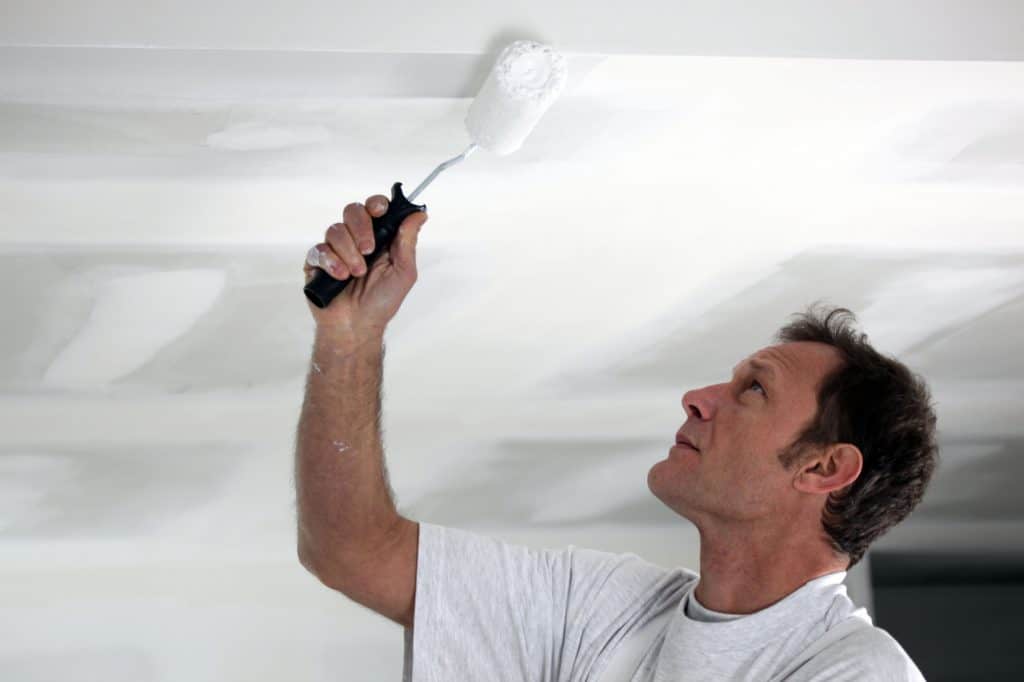
Lastly, to prevent paint thinner smells in the future, consider using low VOC or water-based paints for your home projects. These alternatives usually emit fewer chemicals and have milder odors, making them a more environment- and health-friendly option.
By following these steps and understanding the source of paint thinner smell, you’re well-equipped to eliminate the odor and make your home a more pleasant and comfortable space to live in.
Hazards of Paint Thinner Fumes
Importance of Ventilation
While working with paint thinners, I always make it a point to prioritize ventilation in the room. Why? Paint thinners contain volatile organic compounds (VOCs) that emit strong fumes which can cause health problems if inhaled for an extended period.
These fumes may lead to respiratory issues, eye irritation, and other unpleasant symptoms. To avoid such risks, it’s essential to keep the space well-ventilated by opening doors and windows, and using fans to circulate the air.
Using Air Purifiers
For added safety, I often use air purifiers to help filter out the harmful VOCs and paint thinner fumes from my workspace or home. This extra protective measure is especially helpful when the smell of paint thinner persists even after ensuring proper ventilation.
Air purifiers work to filter out these fumes effectively, creating a cleaner and safer breathing environment for me and anyone around.
In summary, while working with paint thinners, I ensure that I have sufficient ventilation and often utilize air purifiers to minimize my exposure to potentially harmful fumes. By doing this, I can reduce the risk of experiencing health issues such as eye irritation or respiratory problems.
Preventive Measures for Future Painting Projects
When I’m planning a painting project, I always make sure to take some preventive measures to avoid paint thinner smells in the future. I believe it’s better to be proactive and take these measures while remodeling or painting, rather than dealing with unpleasant odors later on.
First and foremost, I choose low VOC paints or even no-VOC paints whenever possible. These eco-friendly paint options prevent the strong odors of conventional paints and cause less air pollution overall.
They are a great choice for remodeling projects as they minimize the release of harmful chemicals into the air.
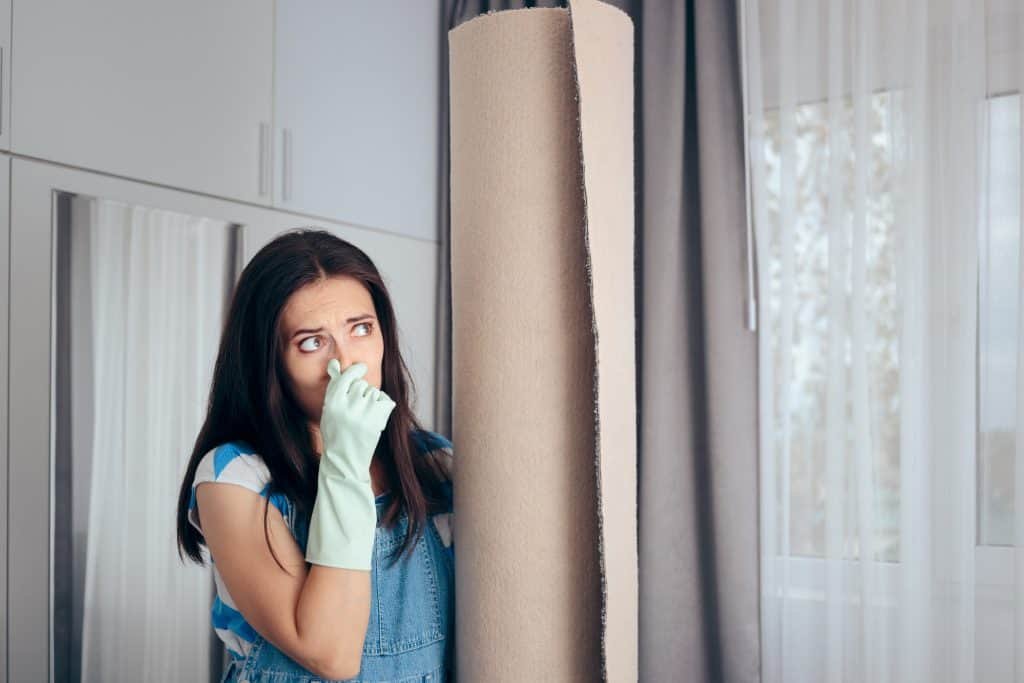
Before I start painting, I always check for damp walls and fix any moisture issues that might be present. Damp walls can trap paint fumes and odors, which can make the smell linger for a longer period.
Ensuring proper ventilation while painting is crucial, so I open windows and use fans to improve air circulation.
I also pay attention to clean up after I finish painting. Thoroughly cleaning brushes, rollers, and any other painting equipment helps me avoid leaving any residue that might cause unpleasant smells later on.
Using a dedicated brush cleaner or a mixture of soap and water, I carefully clean my painting tools, making sure to remove any paint thinner residue.
In conclusion, by choosing low VOC paints, fixing damp walls, ensuring proper ventilation, and diligently cleaning up my painting equipment, I can significantly reduce the chances of dealing with paint thinner smells in future painting projects.
With these simple yet effective preventive measures, I can enjoy my freshly painted space without any unpleasant surprises.
Conclusion
In my experience, dealing with paint thinner smell can be quite unpleasant, but fortunately, there are some simple and effective methods to get rid of it. One of the key steps is ensuring good ventilation in the room or house that has been affected.
I found that opening windows and doors to create a cross-ventilation greatly helps fresh air to circulate and carry away the odor, just as MightyPaint suggests.
Another method that works well for me is placing bowls of water in the room overnight. The water absorbs some of the chemicals and helps to neutralize the strong odors, as explained by Home Mindset.
When I dealt with lingering paint thinner smells, I tried using other solutions such as baking soda and activated charcoal, which are known to absorb and neutralize odors in the air.
I also made a conscious effort to choose low VOC paints or water-based paints for my painting projects, as these tend to have a less invasive odor. UpgradedHome provides a good overview of these options.
At times, adding a few drops of my favorite scent to cotton balls or small bowls of water helped in masking paint thinner odors.
I’ve learned that lighting a candle in a safe place can also make a difference, just don’t forget to keep an eye on it and make sure it’s away from curtains or any flammable materials.
I hope my experiences and tips can help you effectively deal with paint thinner smells in your home, making your airspace more comfortable and pleasant to live in.






